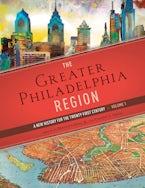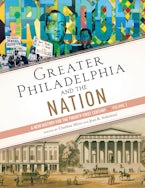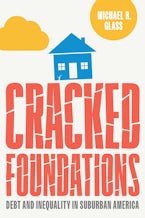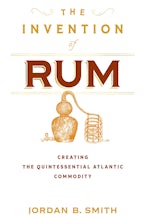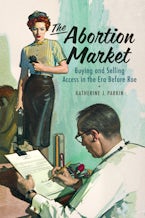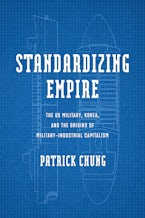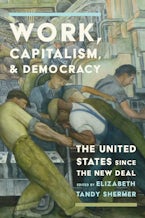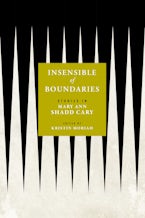A literary, legal, and cultural history of disability, race, and citizenship between the Revolution and the Civil War
The history of disability rights is often told as a recent one, but it is not. In the wake of the American Revolution, many of the differences we now call disabilities could be accommodated into citizenship—and for some even exemplified its promises. By the antebellum period, however, disability was becoming a powerful, racialized tool of civic exclusion and, by the century’s end, a target for eugenic elimination. In Before Disability, Sari Altschuler tells the story of how this dramatic transformation occurred.
Before Disability is a literary, legal, and cultural history of the relationship between disability, race, and citizenship. It shows how disability helped to shape US citizenship and, in turn, how the formation of US citizenship shaped disability. There were two key drivers of the transformation from accommodation to exclusion and eugenics: the difficulty aligning the reality with the rhetoric of civic inclusion and the co-opting of mental and physical difference as evidence in debates about Black citizenship. The stigmatizing ways race came together with mental and physical difference to deny Americans rights were, however, not inevitable.
Before citizenship was federally defined in the late 1860s, Americans were still working out what it meant. They used the narrative forms available to them—from melodrama and the gothic to the slave narrative and the criminal confession—to do this work. While possibilities narrowed by the antebellum era, Americans continued to imagine, articulate, and enact broader definitions. As we seek to imagine the relationship between disability and citizenship more equitably and expansively for ourselves, we should begin by remembering that many disabled and nondisabled Americans before us did, too.



